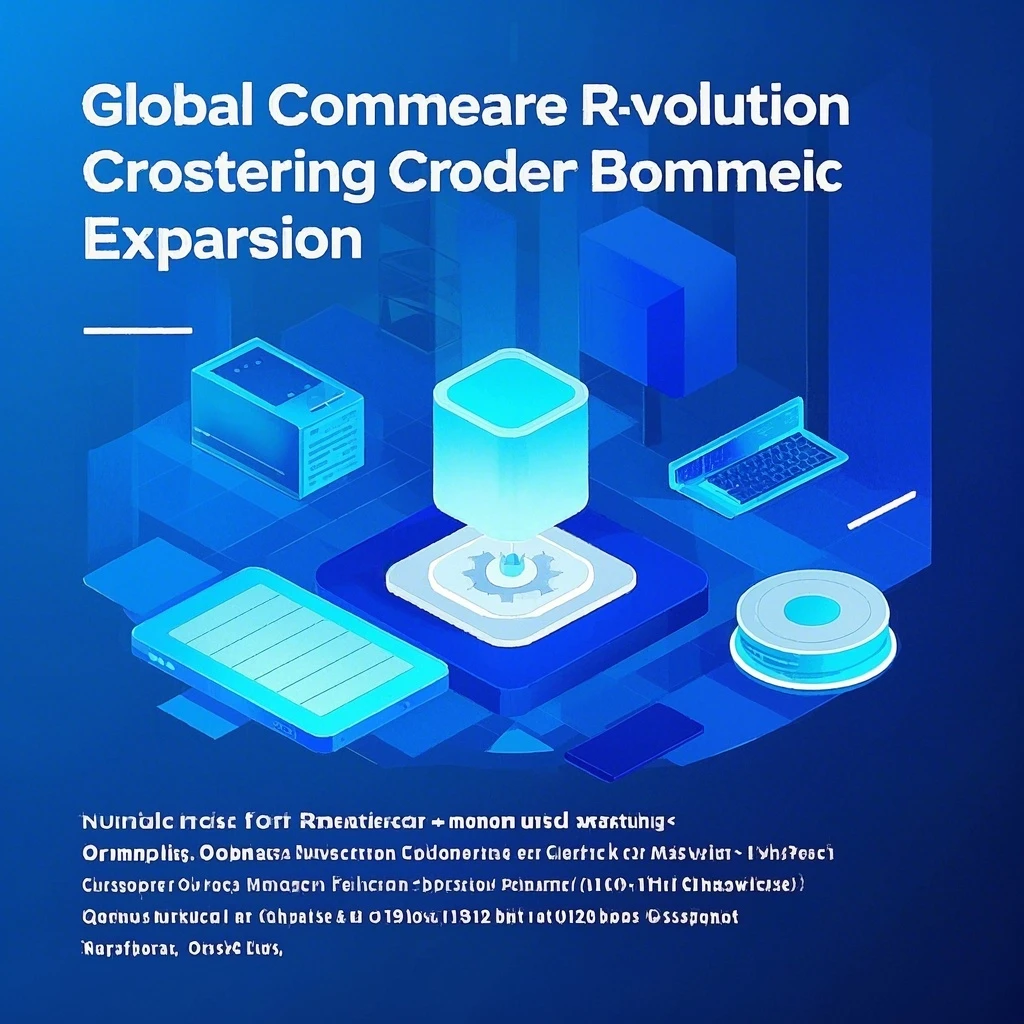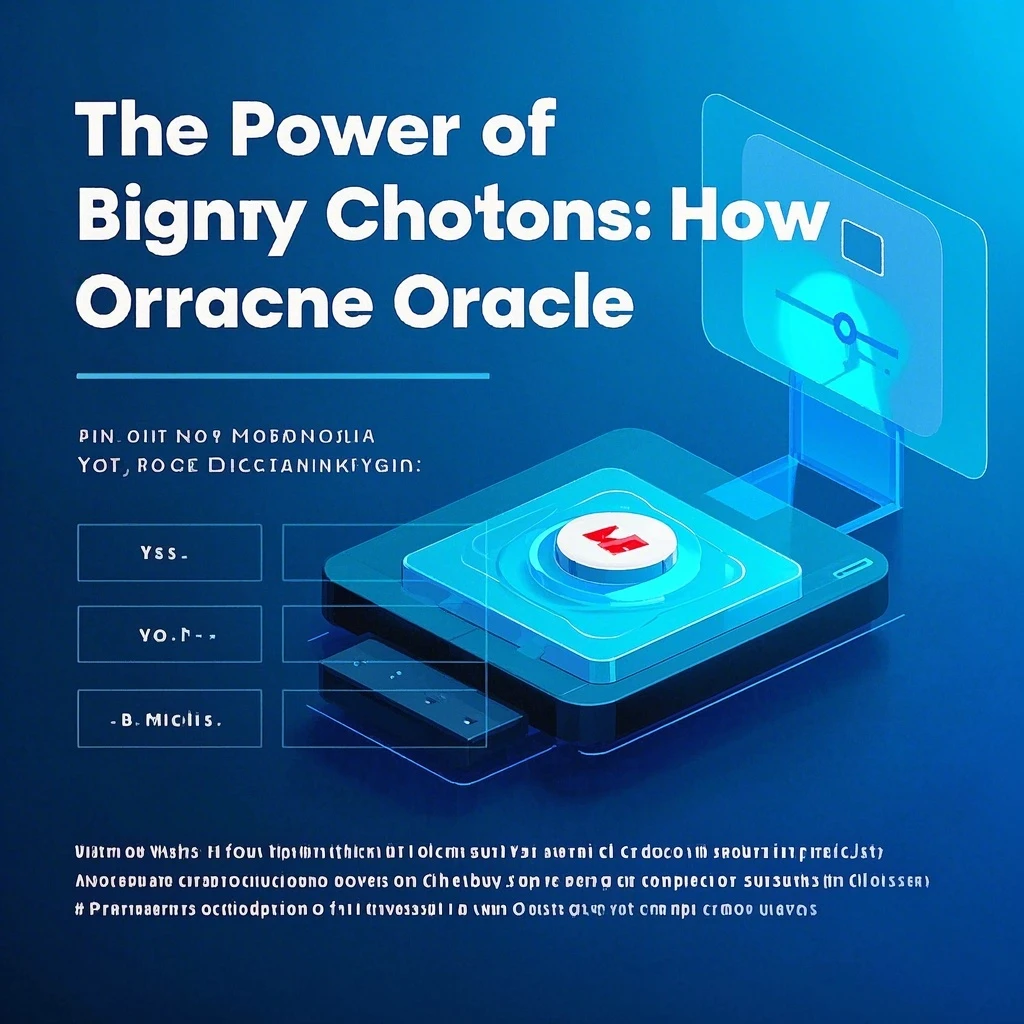The Dawn Before the AI Agent Explosion: Why Manus Isn’t Perfect—but the Future is Bright

In the quiet pre-dawn hours of AI’s next frontier, a fledgling star named Manus has ignited both excitement and skepticism. Launched in early March 2025 by Butterfly Effect, the AI agent quickly became a viral sensation, driving its parent company to seek a $500 million valuation in its latest funding round. Yet, behind the hype lies a story of technical ambition, market expectations, and the delicate balance between innovation and reality.
The Manus Phenomenon: Hype vs. Reality
Manus arrived with bold claims: “The world’s first general AI agent.” Its closed-beta launch created a feeding frenzy, with invite codes fetching tens of thousands of dollars on secondary markets. But as early users gained access, the honeymoon faded.
Critics argue:
- “Shell product” accusations: Manus relies on third-party models like Anthropic’s Claude and Alibaba’s Tongyi Qianwen, raising questions about its technical originality.
- Overpromised capabilities: Tasks like video summarization or data analysis often failed, with users reporting 20+ hour delays.
- Aggressive marketing: Terms like “world’s first” clashed with existing open-source agent frameworks, eroding credibility.
Supporters counter:
- User experience innovation: Manus’ intuitive interface and seamless tool integration (e.g., web scraping, API calls) offered a glimpse of AI’s future as a digital assistant.
- Threshold breakthrough: For many consumers, Manus was the first AI tool to feel “usable,” even if flawed.
“Manus isn’t perfect, but it’s the first AI that feels alive,” says Jacob, a senior editor at Silicon Valley 101.
The AI Agent Evolution: From ReAct to Multi-Agent Systems
To understand Manus’ significance, we must trace the evolution of AI agents:
1. Reasoning & Tools (2022–2023)
The 2022 ReAct framework (Princeton/Google Brain) merged language models with action. By 2023, GPT-4’s reasoning leaps and ChatGPT Plugins unlocked real-world tasks like booking flights or analyzing data.
2. Memory & Context (2023–2024)
Advances in token limits—from GPT-4’s 8K to Gemini’s 1M—allowed agents to retain complex workflows. Tools like LangChain and Pinecone enabled long-term memory and knowledge retrieval.
3. Automation & Control (2024)
Companies like Simular and Anthropic’s “Computer Use” feature let agents manipulate desktops, while Andrew Ng’s 2024 keynote declared 2025 the “Year of the AI Agent.”
4. The Final Frontier: Multi-Agent Protocols
Today’s bottleneck? Standardizing agent communication. Startups like TensorOpera and /dev/agents aim to build an “AI OS,” akin to TCP/IP for agents, enabling cross-platform 协作.
The Silicon Valley Landscape: Who’s Leading the Charge?
From coding to healthcare, AI agents are reshaping industries:
|
Category
|
Key Players
|
Breakthroughs
|
|
Coding Agents
|
Cursor (Anysphere), GitHub Copilot
|
Automated code generation, debugging
|
|
Customer Service
|
Decagon
|
70% ticket automation for Duolingo, Notion
|
|
Sales Automation
|
Clay
|
$100M ARR from lead generation
|
|
Research
|
Hebbia, Elicit
|
Data analysis for hedge funds, pharma
|
The Path Forward: Challenges & Opportunities
While Manus highlights the gap between hype and reality, it also reveals a promising future:
- Reliability & Robustness: Agents must handle edge cases and reduce error propagation.
- Ethical Scaling: Balancing automation with human oversight in sensitive fields like healthcare.
- Protocol Standardization: A unified agent “language” could unlock trillion-dollar ecosystems.
THE END






